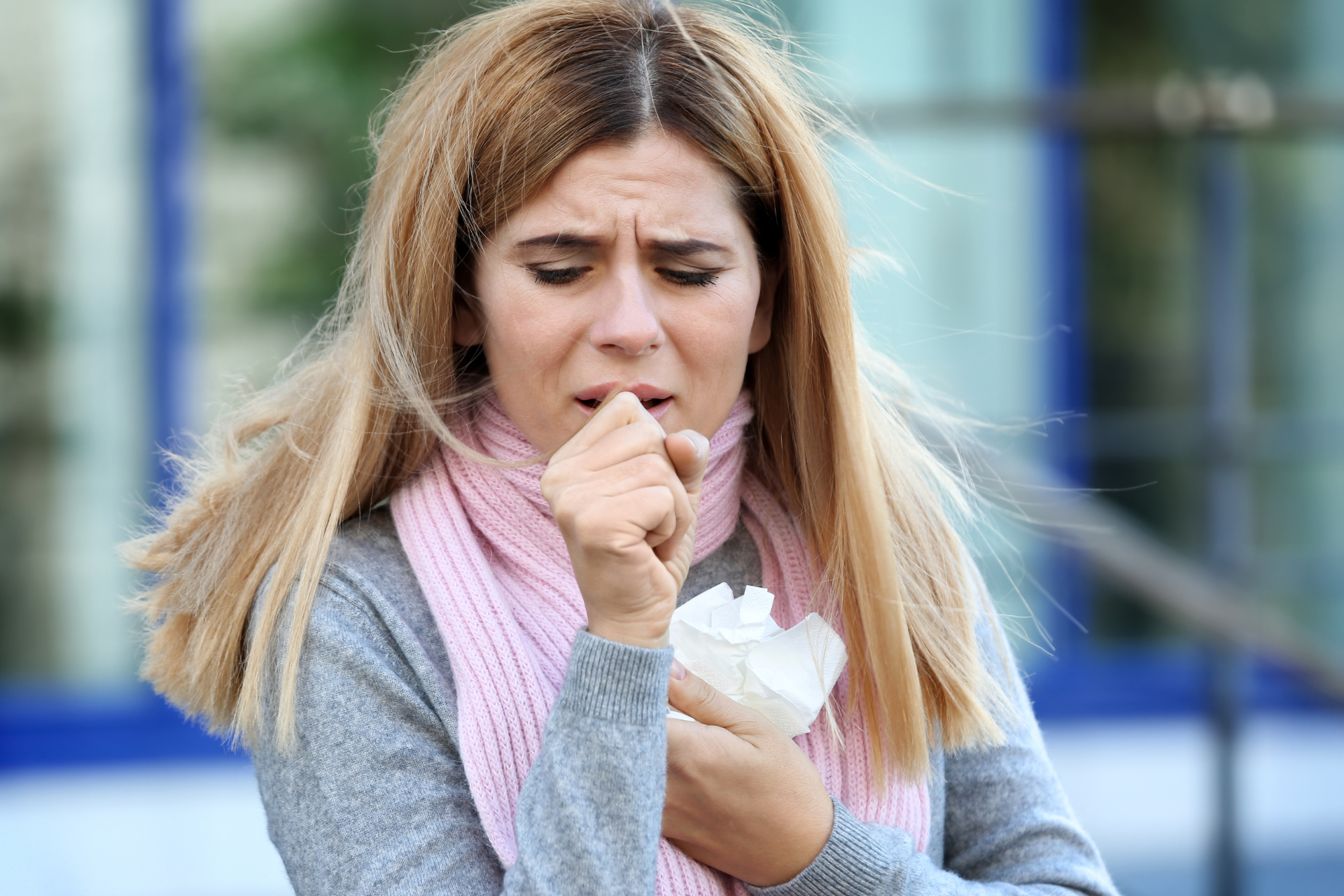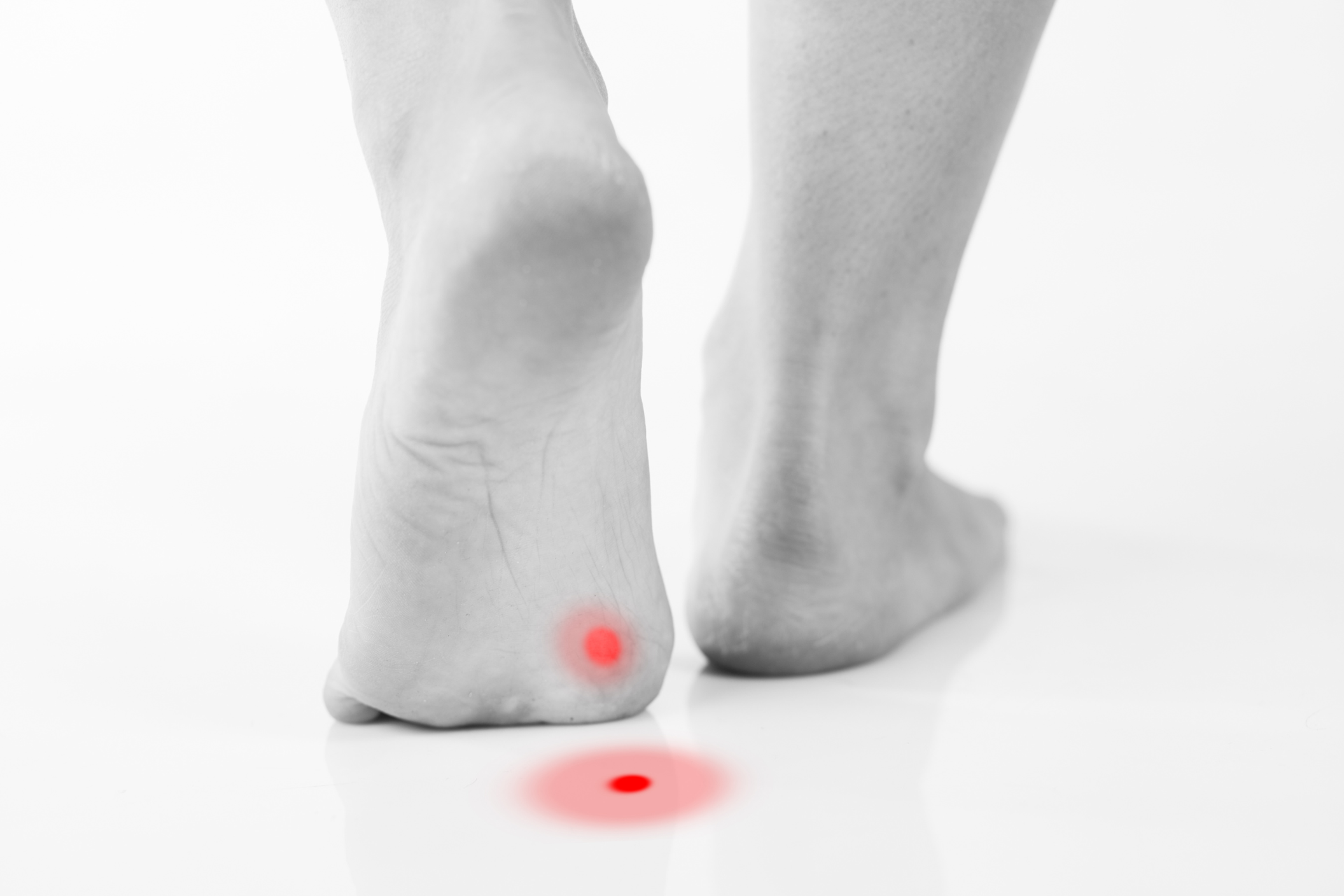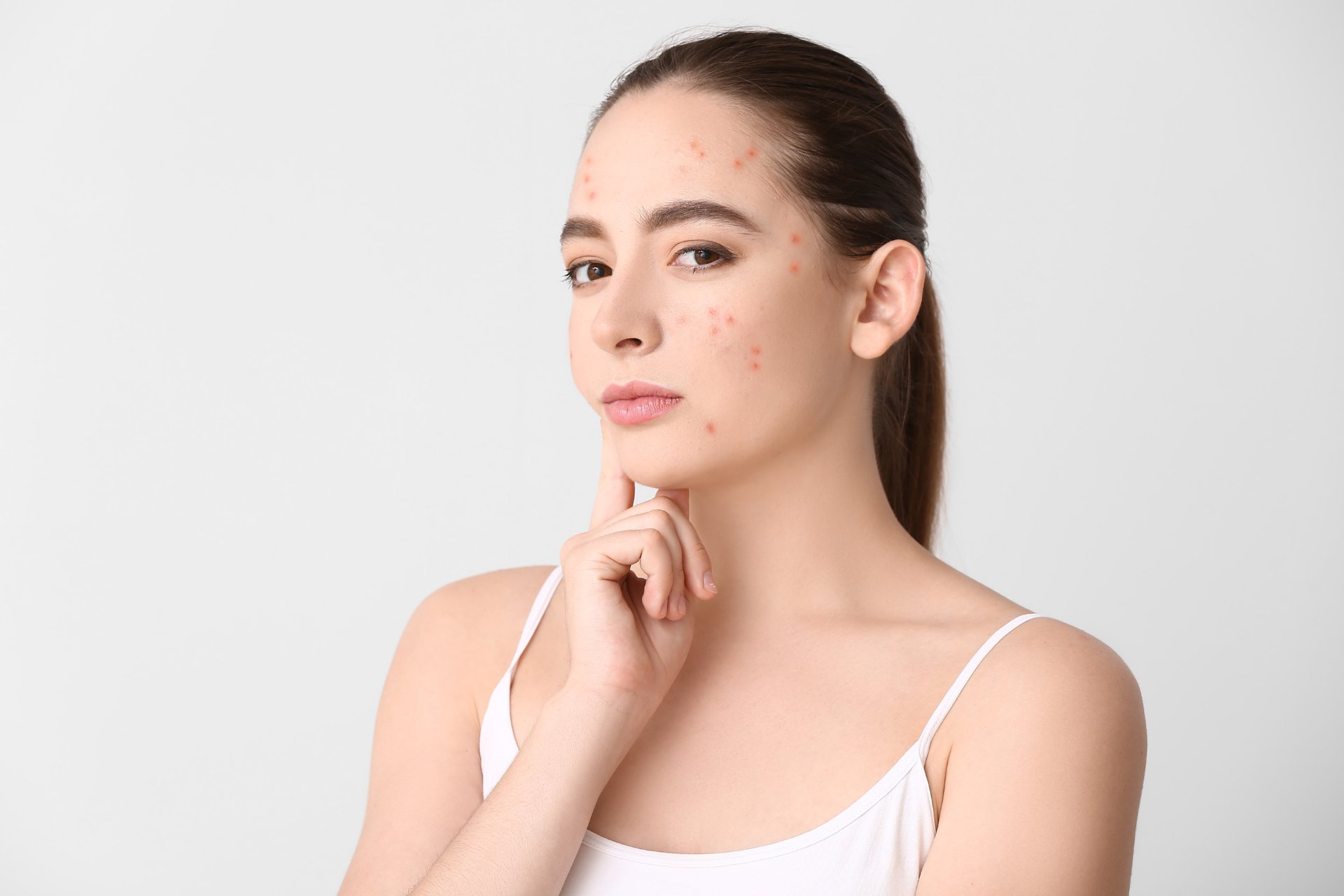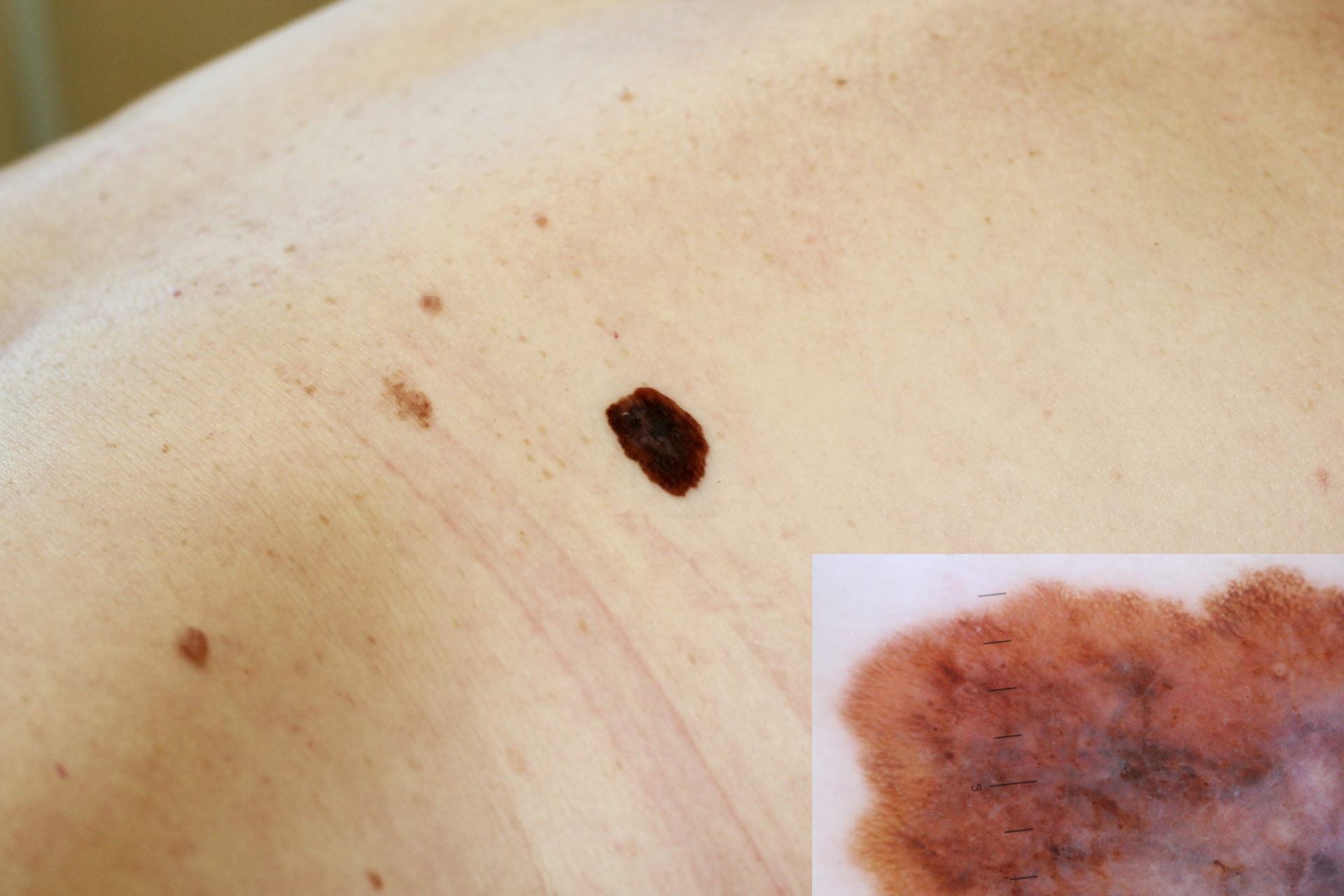Coughs and Colds: When to Seek Medical Attention

Introduction:
Coughs and colds are common ailments that many of us experience throughout the year. While most cases can be managed at home with rest and over-the-counter medications, there are instances when seeking medical attention is necessary. At Fall Creek Skin and Health Clinic, we prioritize the well-being of our patients, which is why we want to provide you with guidance on when it's time to consult a healthcare professional for your cough and cold symptoms.
Recognizing the Signs:
It's important to be aware of the signs and symptoms that indicate your cough and cold may require medical attention. While a runny nose, sneezing, and a mild cough are typical symptoms of a common cold, there are certain red flags to watch out for. If you experience any of the following symptoms, it's crucial to seek medical help promptly:
1. Persistent Cough
If your cough persists for more than a few weeks or becomes increasingly severe, it could be a sign of an underlying condition such as bronchitis, pneumonia, or even asthma.
2. High Fever
A fever of 100.4°F (38°C) or higher can indicate a more serious infection that may require medical intervention.
3. Difficulty Breathing
Shortness of breath, wheezing, or chest pain when breathing could be a sign of a respiratory infection that needs immediate attention.
4. Severe Headache
If your cold symptoms are accompanied by a severe headache, especially if it is persistent and not relieved by over-the-counter medications, it's important to consult a healthcare provider.
5. Worsening Symptoms
If your cold symptoms worsen instead of improving after a few days, or if you develop new symptoms such as ear pain, sinus pressure, or a persistent sore throat, it's time to seek medical advice.
When to Consult a Healthcare Provider:
If you are experiencing any of the aforementioned symptoms, it is advisable to schedule an appointment with your healthcare provider. At Fall Creek Skin and Health Clinic, our team of experienced healthcare professionals is here to assess your symptoms, provide a diagnosis, and recommend an appropriate treatment plan tailored to your individual needs.
In addition to in-person consultations, we offer telehealth services for patients who prefer virtual appointments or are unable to visit our clinic in person. Through telehealth, you can receive quality medical care and guidance from the comfort of your own home, ensuring your health and safety are prioritized at all times.
Preventive Measures:
While knowing when to seek medical attention for your cough and cold symptoms is crucial, taking preventive measures to reduce your risk of getting sick in the first place is equally important. Practicing good hygiene, such as washing your hands frequently, avoiding close contact with sick individuals, and staying home when you are unwell, can help prevent the spread of illnesses.
At Fall Creek Skin and Health Clinic, we promote a holistic approach to health and wellness, emphasizing the importance of self-care and preventive measures to maintain optimal health. By staying informed and proactive about your health, you can reduce your chances of falling ill and ensure prompt medical attention when needed.
Conclusion:
Knowing when to seek medical attention for your coughs and colds can make a significant difference in your healing process and overall well-being. At Fall Creek Skin and Health Clinic, we are committed to providing our patients with exceptional care and guidance to help them navigate their health concerns effectively. Remember, your health is our priority, and we are here to support you every step of the way. Stay informed, stay healthy!




